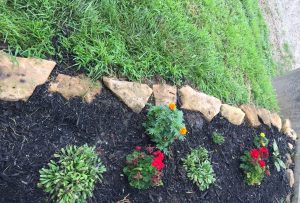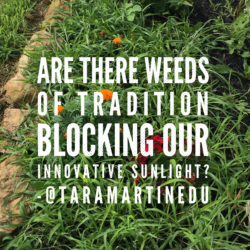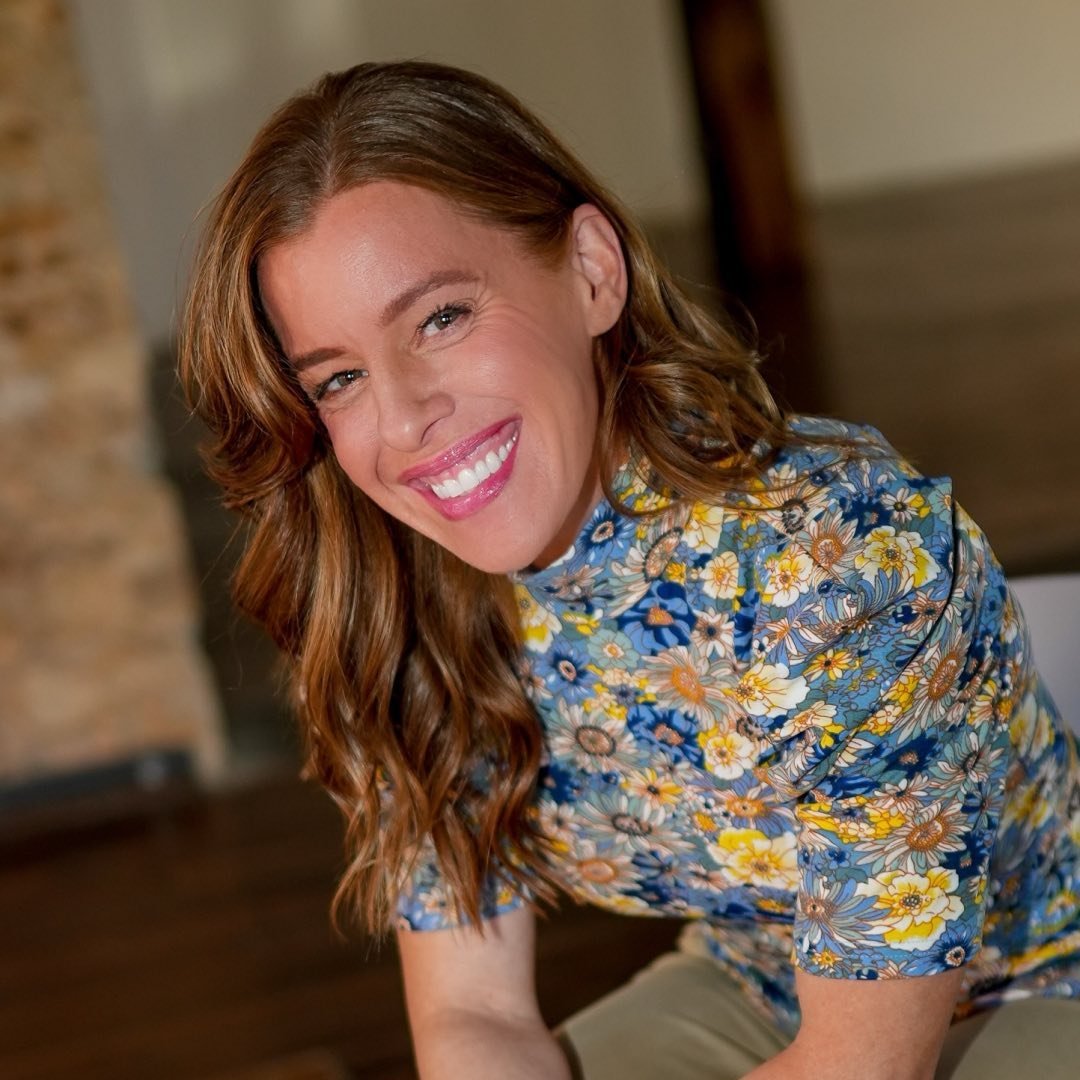Since we are raw on this blog, this is a REAL picture of my flower bed. Sweet mercy! Plant lovers, please forgive me.
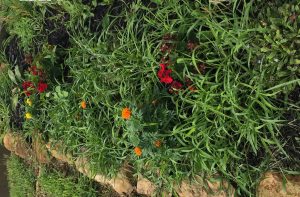
Can you see the lovely flowers? I know that it’s quite awful, but I’m sticking to my excuse that that I’ve been out of town for far too long. As I was weeding the flower bed this morning, I thought, as educators, how many times do we make excuses for the “weeds” that clutter our ability to reach new heights–be it personally or professionally?
I’m too busy.
There isn’t enough time.
My plate is too full.
That’s too challenging.
We’ve always done it this way.
I can’t do that, because (fill in the blank).
I couldn’t help but think, are there weeds of tradition blocking our sunlight of innovation and stunting our professional growth and the growth of our precious students? It melts my heart to consider.
Are we saying one thing and doing something completely different? Have we allowed a wedge of doubt to force itself between our beliefs of what’s best for students and the policies we have in place? As I’m reading the The Innovator’s Mindset, these “What ifs” resonated with me and my de-weeding experience.
“What if schools operated as if we should all be a “learner,” as opposed to students being the only learners? What if we promoted “risk-taking” to our staff and students and modeled it openly as administrators?
What if everyone in our organization, not just our students, was encouraged to pursue his or her dreams?”
~ George Couros
Yes, just YES!. These “what ifs” must become a reality! We, the educators of today, can be the change we want to see. We can lead a culture of creativity. How…might you ask?
Recognize the weeds blocking our innovative sunlight.
“Innovation is not about the stuff; it is a way of thinking.”
~ George Couros
Our responsibility? George includes these declarations in the mantra of an innovator educator.
“I recognize that there are obstacles in education, but, as an innovator, I will focus on what is possible today and where I can push to lead towards tomorrow.” Say to yourself, I will “build upon what I already know,” and “not limit myself. I’m open to and willing to embrace new learning, while continuously asking questions that help me move forward,”
The first step to making a change is to acknowledge the need for it. In the image above, it is evident that the weeds are stealing nutrients and water from the plants and clouding their sunlight. However, in a school system, the growth-stunters might be a little troublesome to “see,” and the students may have no clue what is hindering their opportunities to think creatively. So, it is up to us, the educators, to uproot the delusion of habitual strategies and create ingenious learning opportunities for our students.
Prepare to get our hands dirty.
Get your garden gloves on and pluck the weeds one at a time. If what we are practicing isn’t what’s best for our learners, remove it. The idea that children learn the same way as we did back in the day is ludicrous. I appreciate the words of Michio Kaku,
“The future of education will gradually be changed. This means that educators are going to have to stress concepts and principles, rather than the drudgery of memorization.”
Dig deep and get down to the roots strangling the dreams of our students and those within our school system. We can DO this! Let’s de-weed the flower bed of education; we have little people depending on us!
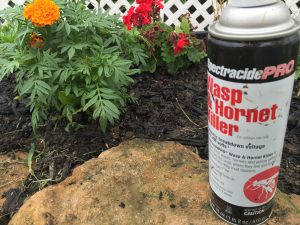
Exterminate the Wasps of DOUBT.
You might not know this about me, but I have a flying insect phobia. Let’s just say the wasps were out to stop my progress this morning. They would come out of nowhere and seek to punish me for doing a necessary deed. After running and screaming from the little devils, I decided to take drastic measures. After all, I had a task to accomplish for the sake of the lives of these poor plants. Likewise, during this clean-up process as educators, we will encounter wasps of doubt. They will attempt to sting our zeal to empower stimulating learning experiences. They will get in our head and tell us:
Who are you?
What makes you think your little change is going to make a difference?
Innovator’s Mindset? Really?
Exterminating the doubt that seeks to sting your effort might sound a bit harsh, but seriously, destroy the incredulous thoughts and persistently work to create an environment that will help students and colleagues reach their highest potential.
Water the efforts by modeling the expected change and allow the sunlight of innovation to shine down and promote growth.
The intruders that were stealing the nutrients of my plants are now gone. However, they will come back. This effort is an ongoing process. Likewise, in our educational system, we must reflect upon our practices and make necessary adjustments so our innovative sunlight can shine down and create a culture of passion-filled learning. Just as the plants in my flower bed need water and sunlight to grow, we must water our purpose by modeling the expectations of the change we hope to see in education.
Take risks. Challenge ourselves. Place ourselves in situations that are uncomfortable and enable us to reach new heights personally and professionally. When our students and colleagues see that we are willing to become innovators, they too will desire to do the same. I believe the innovator’s mindset can be contagious, but it takes an implementor to model this way of thinking. George Couros says it like this,
“I model the learning and leadership I seek in others. I take risks, try new things to develop, and explore new opportunities. I ask others to take risks in their learning, and I openly model that I’m willing to do the same.”
Let’s remove the weeds that are blocking our innovative sunlight, not just for the students, but for our educational system as a whole.
